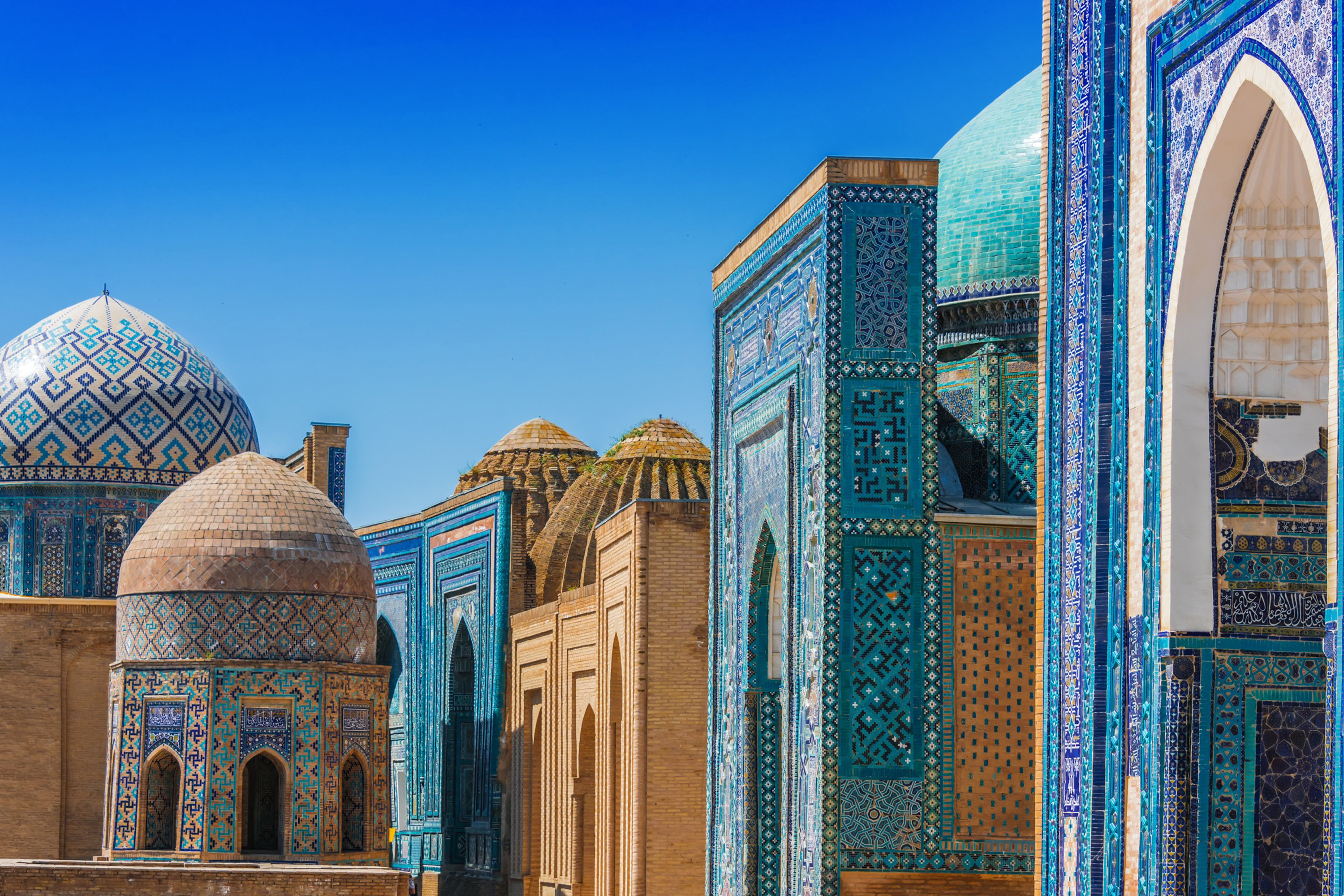-
Home
- Home Judith de Cuellar
- Judith de Cuellar

Judith de Cuellar
"I was born in El Salvador in the 1950s to a large family of seven children. My parents were farmers. We'd spend the morning at school, then help out in the afternoon cutting fruit, cleaning grain, planting, and other agricultural tasks. All seven of us did this, as we were unable to pay workers on the farm. Even so, my childhood was a happy one. My mother and father taught us the value of work, discipline and honesty. <br><br>
"When I was 16, I got married and I had my first daughter at the age of 17, so I had to become responsible early in life. Several years later, I began learning about sewing and embroidery with my dear Aunt Adelfa. She was a true artist with her embroidery and patiently taught me the technique, which I perfected over time until I developed my own style. Since then, I've taught many people — mostly women, like single mothers who have been able to support their children with these skills. <br><br>
"I've always liked embroidery. Embroidering by hand is akin to painting, but with threads. Drawing and painting always fascinated me, and I take inspiration from my paintings, embroidering the designs on apparel. The world of sewing is one of the most dynamic fields. It is always changing so you can develop your creativity fully, creating unique styles of quality. <br><br>
"The first clothing items that I made and embroidered were for my personal use and for my family. I chose floral motifs for them. I began in 1973 and today I've built up a family workshop. My husband is the administrator and helps with delivering orders. My son takes care of planning, sales and marketing. I do the designing and look after the production from start to finish. <br><br>
"Our main material is cotton fabric, woven by hand in a nearby town. I often use the natural cotton color. Other times, we dye the fabric ourselves. <br><br>
"I'm passionate about this art. It is closely related with the history and traditions of our country. My people have traditionally worn cotton, as it is cool, comfortable, durable, and its price is accessible. My designs use many motifs representative of Maya art in clothing that is modern and functional. In addition, the technique we use for indigo dyes is that same used here since the mid 1800s. <br><br>
"My hopes and dreams are to share my art with the whole world. I'd like to see our workshop grow so we can offer our assistants more work and better wages. I truly want people to appreciate art made by hand because every day, technology is taking the place of manual work. <br><br>
"Many thanks for your support. Each one of our designs reveals the art of our people and our desire to create apparel that is special. When you wear them, you'll feel the warmth of our culture because we put our hearts into our work."


